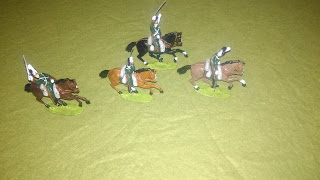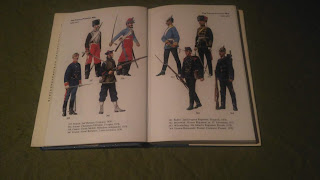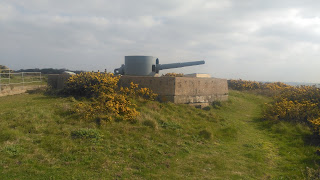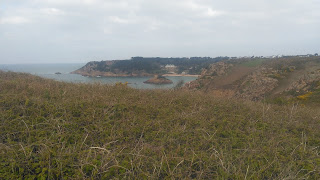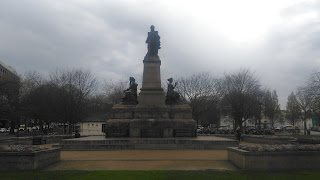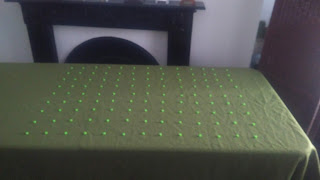FEW people outside of the Channel Islands, and not all that many within them, have heard of the Battle of Jersey.
It was fought in January 1781 as part of the wider conflict of the American Rebellion in which France, Spain and the United Provinces combined with dissidents in the 13 Colonies to oppose the rightful rule of Britain under George III.
That, at least, is one way of looking at the conflict, which was as much a naval war as a land one in that the key to the rebellion was Britannia's failure to rule the waves and get reinforcements through to North America in the face of the Continental alliance.
Jersey's role was rather more important than might be thought - the Channel Island was a base for privateers who ranged through the Channel and across the Atlantic to disrupt enemy, particularly French, shipping.
The French government of Louis XVI responded with an attack on Jersey in May 1779, but the invaders' attempted landing was easily beaten off by an unlikely combination of a recently arrived Scottish Highlands regiment and Jersey militia.
A second attempt began in earnest on January 5 1781 when 2,000 troops sailed from Granville, Normandy.
A storm scattered the ships, meaning only 1,200 men arrived off Jersey, but the bad weather, combined with some Jersey guards abandoning their posts to go drinking to celebrate Christmas under the old Julian calendar, meant their landing was undetected.
Some 700 of these troops, under Baron Philippe de Rullecourt, captured the capital St Helier overnight along with the island's lieutenant-governor, Major Moses Corbet.
So far, so good for the French, who made the governor sign an order instructing Elizabeth Castle, situated on a tidal island off St Helier, to surrender.
The castle's garrison responded by opening fire on the French, and meanwhile the most senior British officer not in French hands, 24-year-old Major Francis Peirson, gathered 2,000 regulars and militia to launch a counterattack.
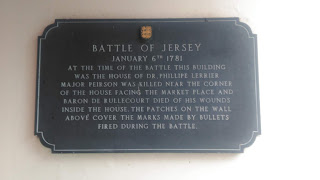 |
| Plaque on the wall of The Peirson pub, St Helier |
The resulting battle was short-lived, with the outnumbered French having little stomach for street-to-street fighting in a hostile environment despite having what should have been a good defensive position.
A total of 78 Frenchmen were killed and some 600 taken prisoner. The British suffered 15 fatalities, including Major Peirson, killed by a musket ball through the heart.
The French commander, de Rullecourt, was among those mortally wounded, dying in a house in Royal Square that subsequently became The Peirson pub.
